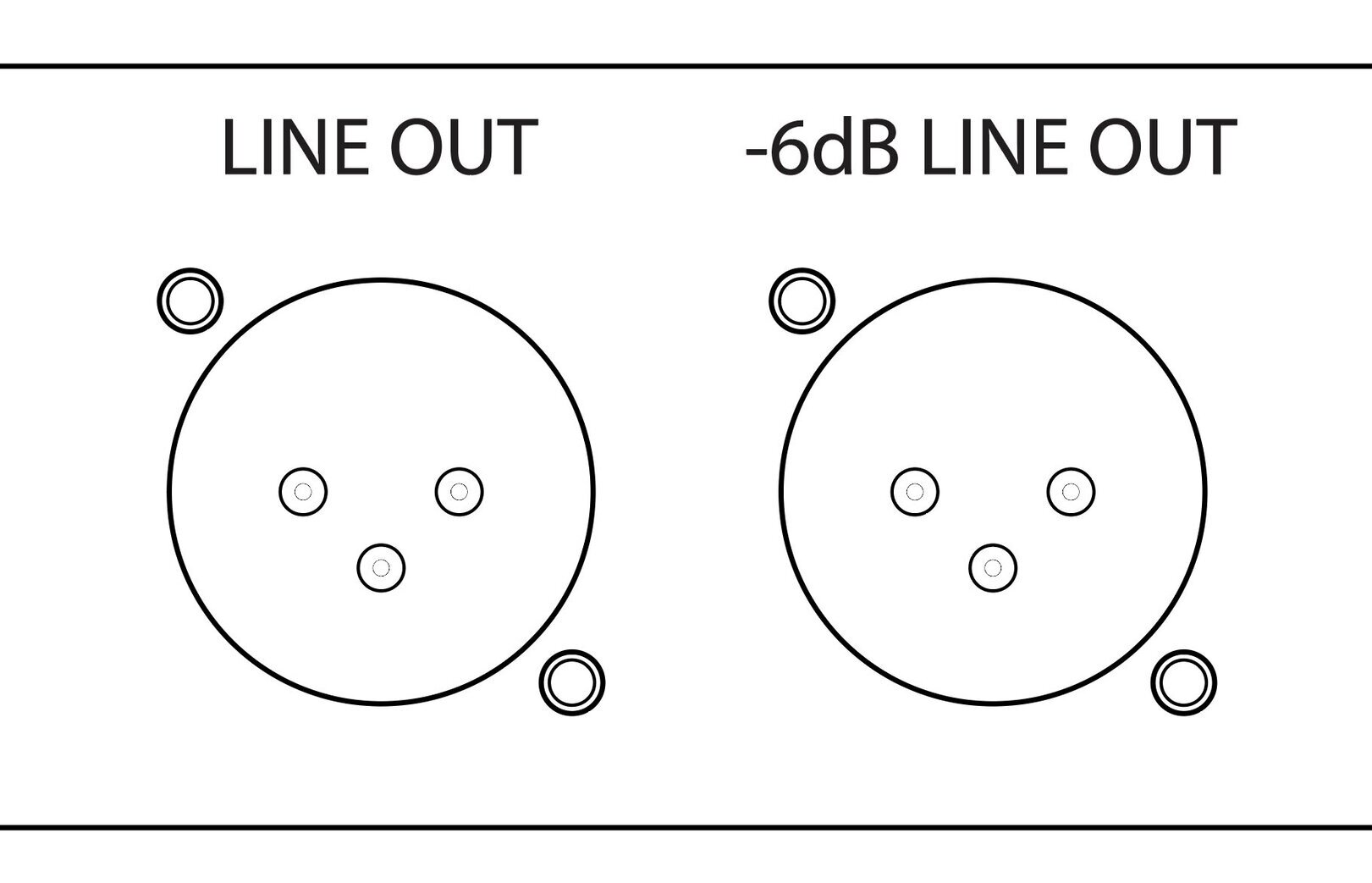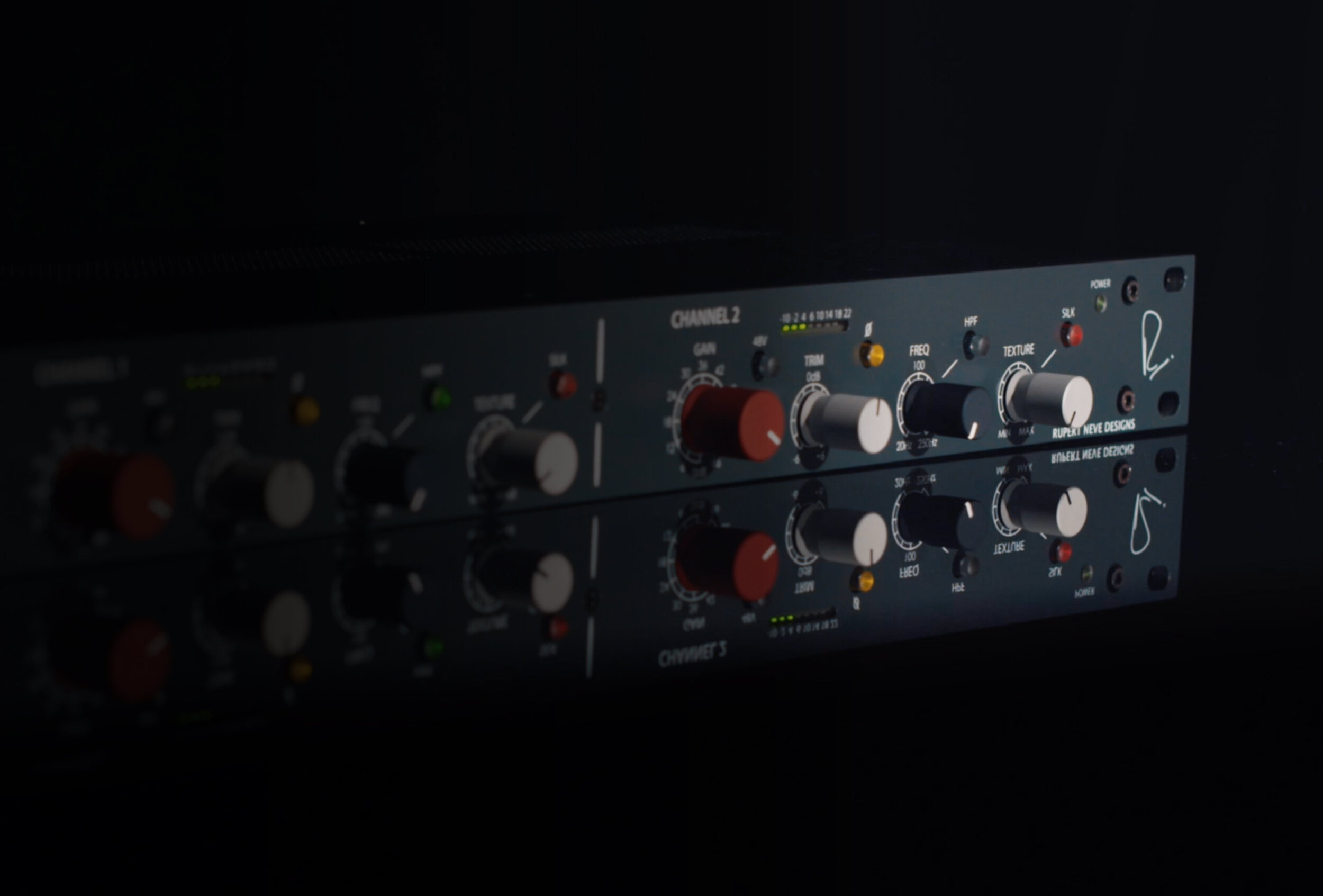
5211
2-Channel Mic Preamp
OVERVIEW / MEDIA / FEATURES / REVIEWS / SPECS & RESOURCESSimple and elegant, the 5211 is the natural evolution of what is arguably the most famous gear in audio recording history: Rupert Neve’s microphone preamps.
With two channels of the classic tone you know and love, 72dB of gain, sweepable high-pass filters for precise control, and the power of Mr. Rupert Neve’s dual-tap transformers with variable Silk saturation, the 5211 delivers a versatile, flattering, and uncompromising front end for any signal path. In short, it’s everything a mic preamp should be.

“This thing is amazing. As a vocalist and producer, the 5211 has become my studio’s secret weapon.”
What is Silk?
One of the key features of the 5211 is the Silk / Texture control. The Silk circuit was initially developed for the original Portico series mic preamplifiers, and was only a single switch – on or off – that added a specified amount of musical, pleasing harmonic saturation to the unit’s output stage.
Taking this concept one step further, the Texture knob is designed to adjust the actual amount of harmonic content from the source material.
So how does it work? By reducing negative feedback across the output transformer and adjusting this feedback’s frequency response, the Silk / Texture circuit provides the sweet, musical saturation found in Rupert’s legendary vintage designs – but with complete & precise control over the amount of classic tone you want. And when the level is driven to the edge of its headroom, the Silk effect is multiplied.
Custom Transformer Outputs
The 5211 has a custom transformer output stage with a balanced main standard line level output. Additionally, a separate -6dBu XLR output can compensate for high levels of input and Silk harmonic saturation, enabling engineers to fully drive the 5211 to achieve more transformer harmonics without clipping the next device in the chain. Both outputs are active and can be used concurrently.
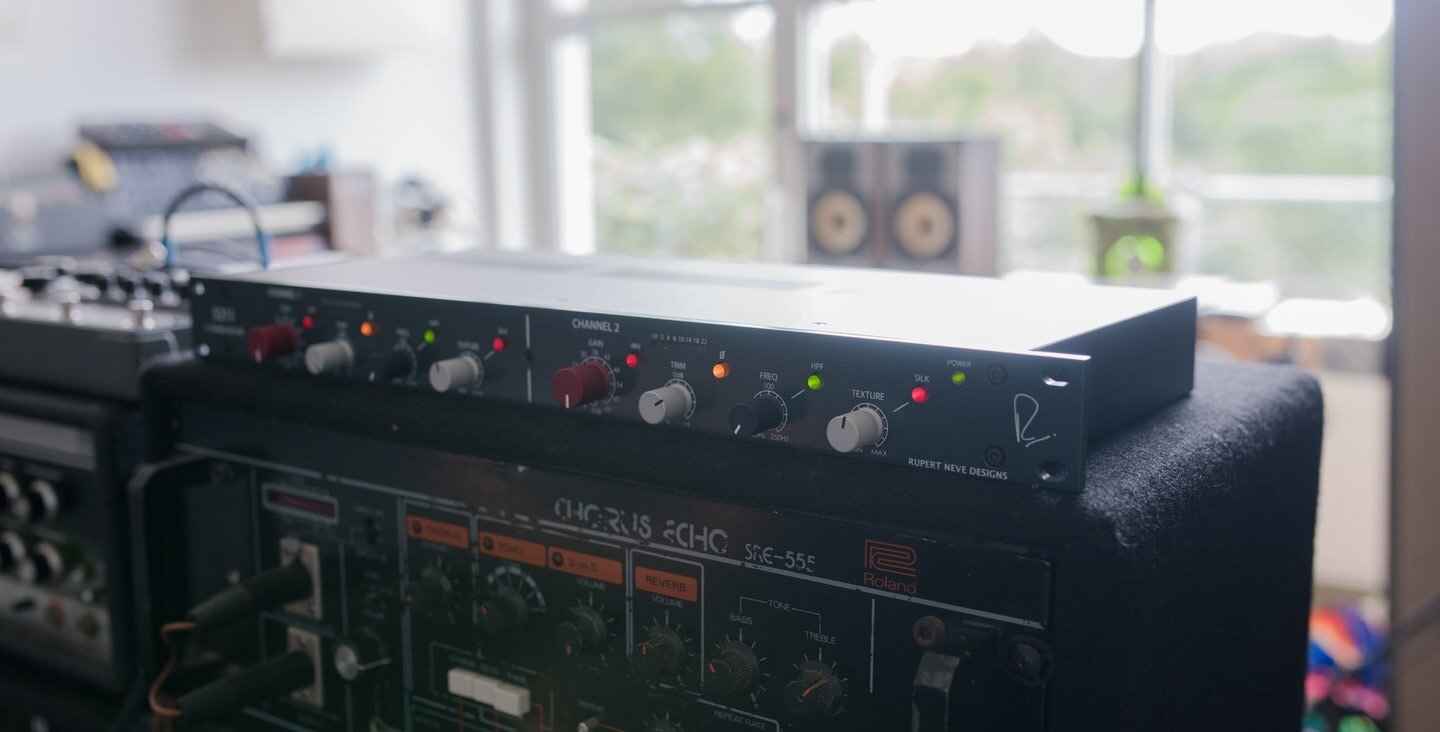
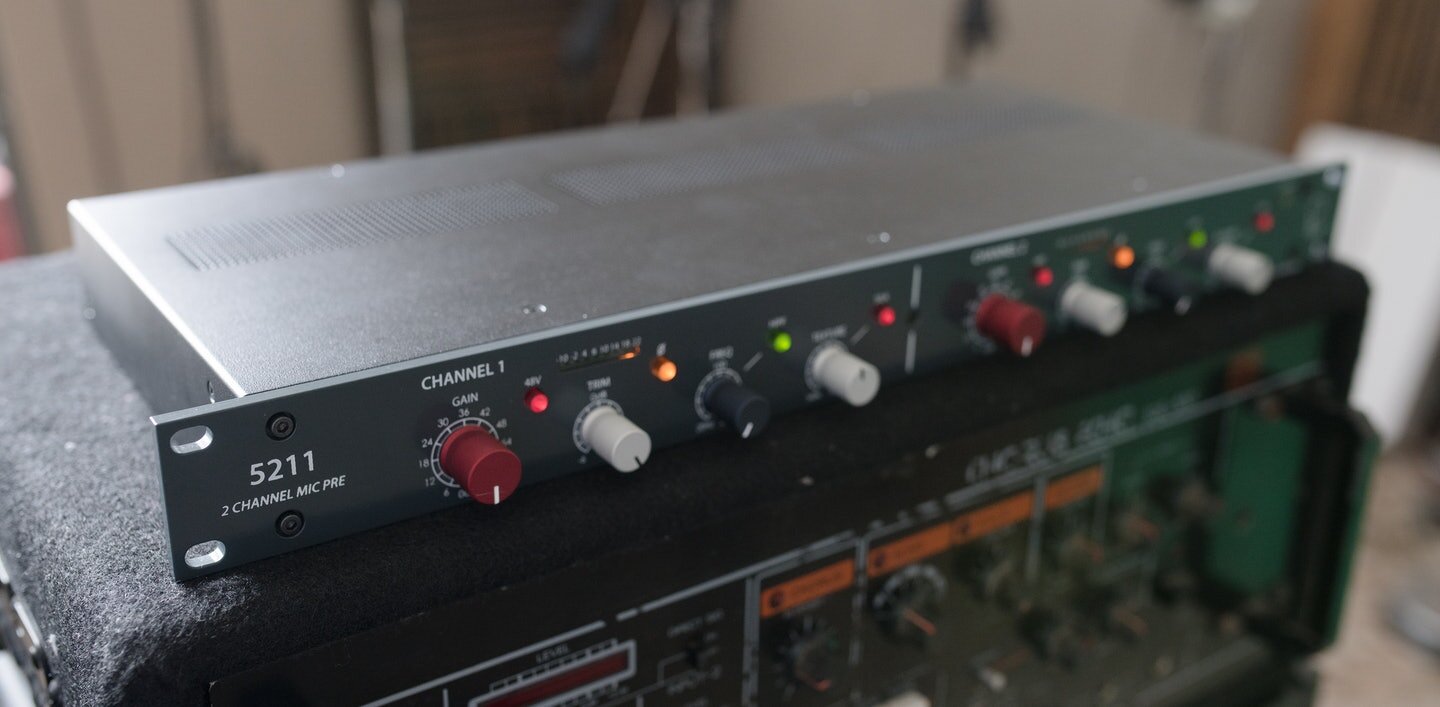
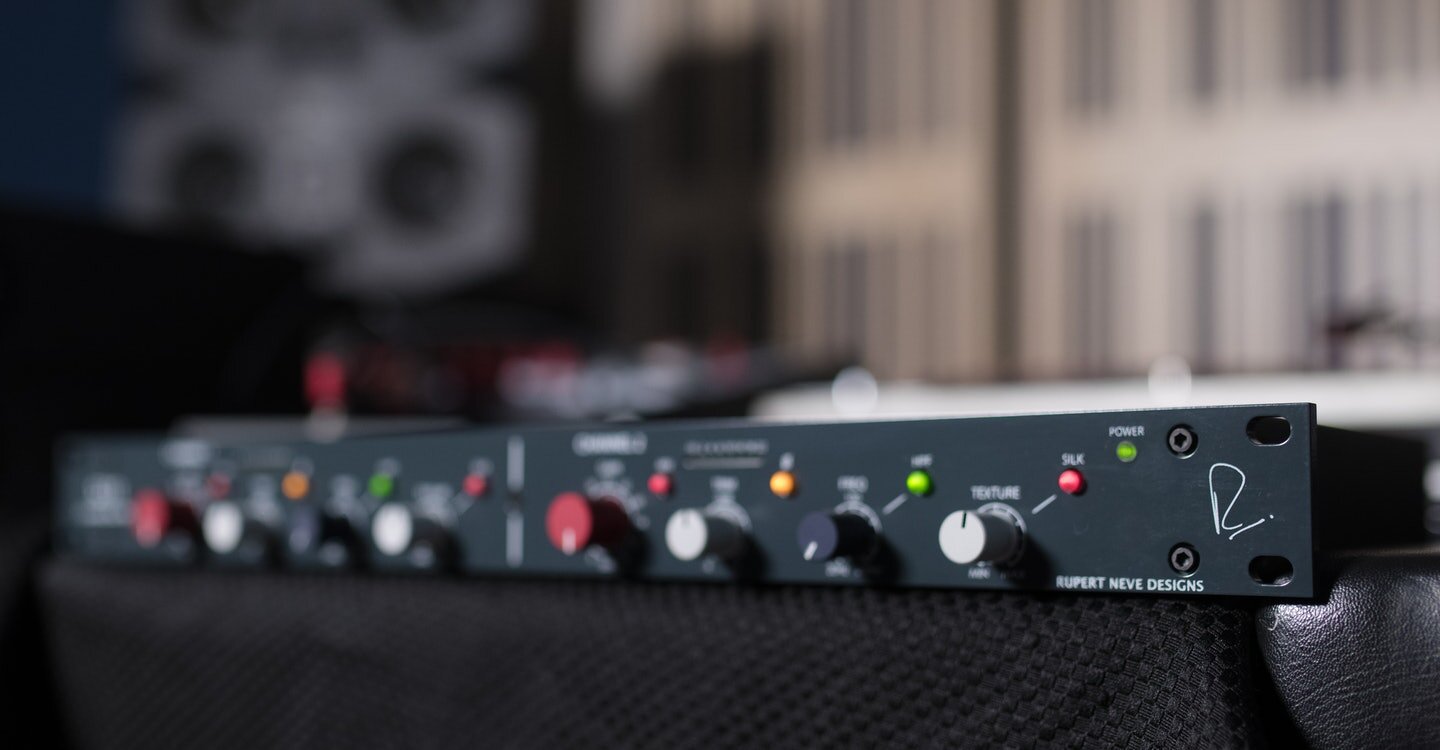
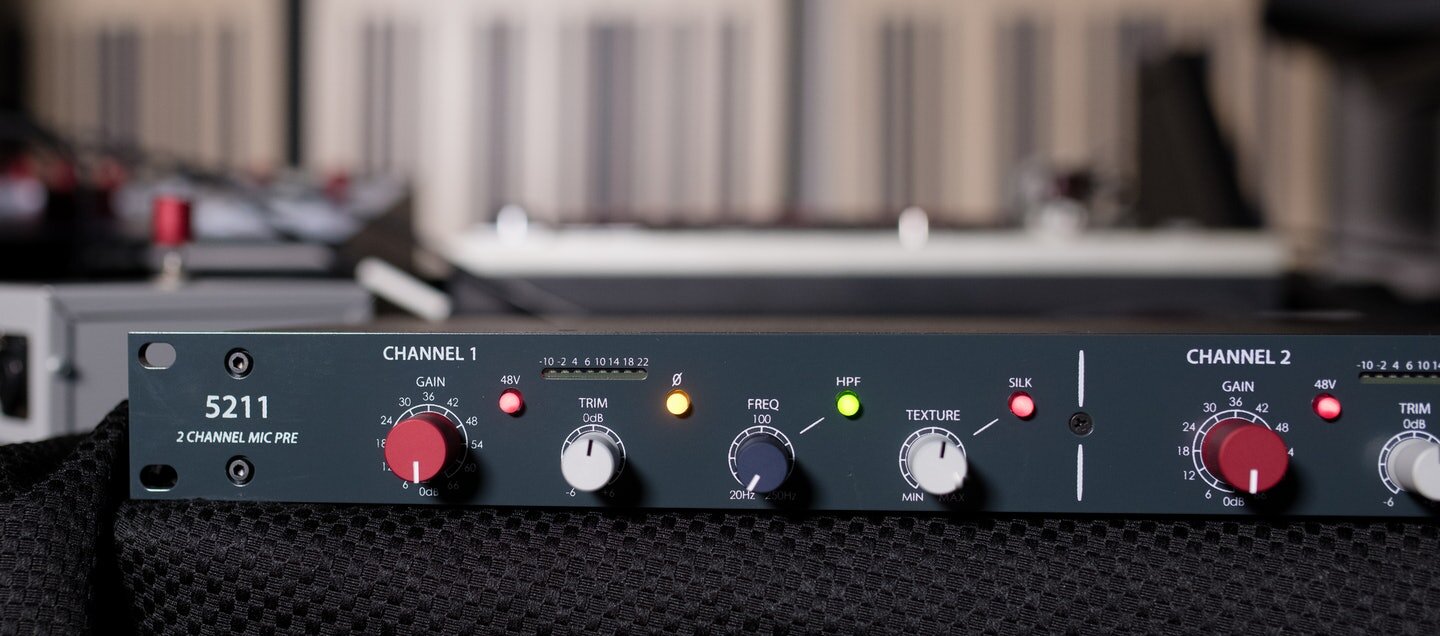
MIC GAIN
A 12-way precision rotary switch controls gain from 0 to 66 dB in 6 dB steps.
TRIM
Continuously variable +/-6 dB level control.
SILK / TEXTURE
Pushing the Silk button engages the Red Silk circuit, which reduces the negative feedback on the output transformer, adding harmonic content as the texture is increased. Red Silk accentuates the saturation in the mid and high frequencies, similar to that of the Red Silk mode on the Shelford Channel. By manipulating the Texture control, the amount of Silk can be changed from essentially absent, to roughly 10 times the amount of coloration / distortion found in Silk from the original Portico Series. With Silk / Texture engaged, the distortion characteristic and harmonic content of the unit are very reminiscent of many of Rupert’s vintage class-A designs.
Level Meter
An eight-segment LED bar-graph meter displays output level (pre-Silk) from -10 dBu to +22 dBu.
Polarity
Reverses the polarity of the input signal.
High Pass Filter
Continuously variable from 20Hz to 250 Hz, and engaged with the HPF button.
Phantom Power
Provides 48V phantom power to microphones.
MAIN OUT
Balanced XLR output utilizing a custom Rupert Neve Designs transformer.
-6dB Output
Balanced XLR output utilizing a lower level, secondary output on the custom Rupert Neve Designs transformer.
REVIEWS
“If you’re a home studio owner, investing in a 5211 could be a wise move, as it will provide you with a super-high-quality and versatile front end, which, when coupled with good mics and a quality interface, will help ensure that your recordings can stand up to the competition. What’s more, you can be sure that it will hold its value over the years.”
“The 5045 and 5211 are so good I can’t leave home without them, so I made a portable rack to take with me so I can always have that Rupert Neve sound…”
Nelson Robinson, FOH Engineer
Jennifer Hudson, Brian McKnight
“This thing is amazing. As a vocalist and producer, this 5211 has become my studio's secret weapon.”
“Yep. The quality you expect from Rupert Neve is here. Pristine mic pre sounds from (hefty) high quality transformers, but you can definitely color it into a vintage sound with the variable Silk Circuit. Adds a great vibe--so much feel, almost a kind of natural compression to the track. Love this.”
“I have now used it to record most of an album and WOW, it is worth its weight in Gold. It took me time to discover the 5211's subtleties. Matching the right settings for the instruments and mics really revealed this thing to be magic. It is unlike any pre I have tried.”
“This is a really sublime pre... it does wonderful things to everything and just makes the world a better place. I've toyed with [other brands] and Lord Rupert got my money, for good reason.”

SPECIFICATIONS & DOWNLOADS
MAXIMUM INPUT LEVEL
@ 1 kHz: +26 dBu
NOISE
Un-weighted, 22 Hz - 22 kHz, 150 Ohm input termination
Line Out (Unity Gain): -104 dBV, -101.9 dBu
-6 dB Line Out (Unity Gain): -109 dBV, -107 dBu
Line Out (+30 dB Gain): -98 dBV, -96 dBu
Line Out (+66 dB Gain): -66 dBV, -64 dBu
EQUIVALENT INPUT NOISE (EIN)
-128 dBV, -126 dBu
FREQUENCY RESPONSE
-0.2 dB at 10Hz, -2.9 dB at 120kHz
MAXIMUM OUTPUT LEVEL
1 kHz: +26.5 dBu
20 Hz to 30kHz +26 dBu
TOTAL HARMONIC DISTORTION AND NOISE (WITHOUT SILK)
1 kHz, +20 dBu O/P level, no load 0.0015%, typical
20 Hz, +20 dBu O/P level, no load less than 0.02%, typical
TOTAL HARMONIC DISTORTION AND NOISE (WITH SILK ENGAGED)
TEXTURE @ min, 100 Hz, +20 dBu O/P level, no load: 0.03%, mostly 3rd harmonic
TEXTURE @ max, 100 Hz, +20 dBu O/P level, no load: 1.5%, mostly 2nd harmonic
POWER CONSUMPTION
35 W (Max)'
UNIT DIMENSIONS
1RU: 19” W x 7.4” D x 1.75” H
(48.3 cm W x 18.8 cm D x 4.5 cm H)
UNIT WEIGHT
8 lbs. (3.6 kg)
SHIPPING DIMENSIONS
24” W x 13” D x 4” H
(61 cm W x 33 cm D x 10.2 cm H)
SHIPPING WEIGHT
10 lbs. (4.5 kg)
FREQUENTLY ASKED QUESTIONS
The 5211 is a unique design featuring an electronically balanced input, and is very similar to that in the Newton Channel – but uses the same line amplifiers and output stage (featuring the special -6dB output) as the Shelford Channel.
An important note: the majority of harmonic content and sonic color associated with Rupert’s vintage modules actually comes from the output stage transformers, not the input stage – and in addition to the -6dB output, this tonality is controllable via the Silk / Texture circuit on the 5211.
Absolutely – just make sure to disable 48V phantom and turn the gain down to zero before connecting the inputs.





